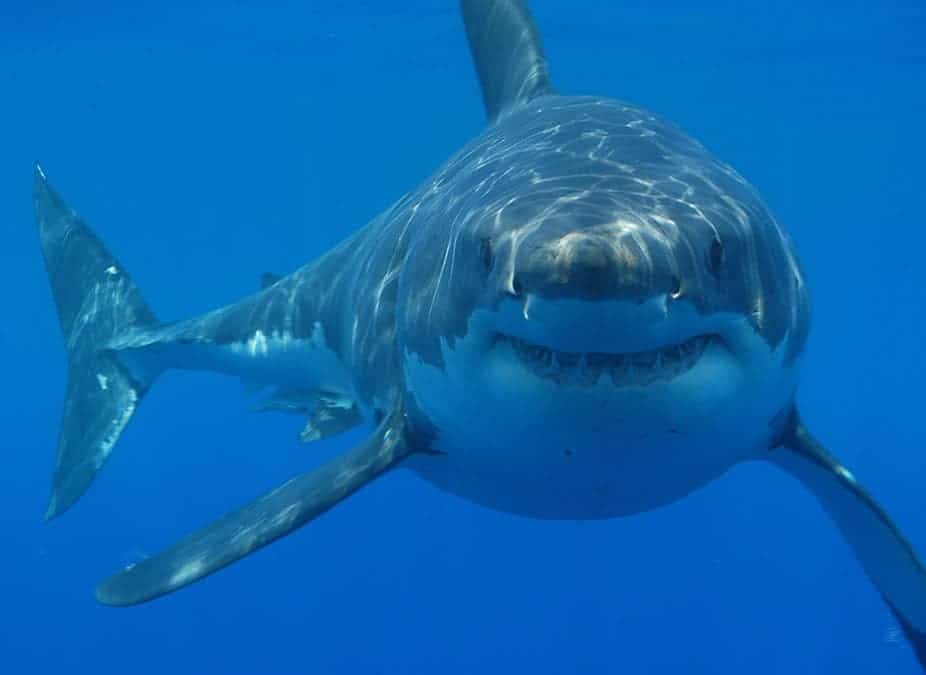We tend to picture them as majestic hunters hunting unsuspecting prey near the surface, but great white sharks might be spending more time foraging on the ocean floor for small morsels, according to a new study.

Great whites are the largest predatory fish on Earth, capable of growing to an average of 15 feet (4.5 meters) in length. They are usually found in cool, coastal waters throughout the world and their numbers are decreasing due to overfishing and accidental catching. Great white sharks are currently considered a vulnerable species, although population estimates are often unreliable.
Between 2008 and 2009, Australian researchers analyzed the stomach contents of 40 juvenile great white sharks captured off the coast of eastern Australia. That information plus data from studies from other parts of the world helped to get a better picture of the diets of these young sharks.
“Within the sharks’ stomachs we found remains from a variety of fish species that typically live on the seafloor or buried in the sand. This indicates the sharks must spend a good portion of their time foraging just above the seabed,” said lead author Richard Grainger. “The stereotype of a shark’s dorsal fin above the surface as it hunts is probably not a very accurate picture.”
The study showed that, on average, the shark diets consisted of 32% mid-water ocean swimming fish such as Australian salmon, 17.4% bottom-dwelling fish such as stargazers, 14.9% batoid fish that lurk on the seafloor such as stingrays, and 5% reef fish such as eastern blue gropers.
Meanwhile, the rest of the stomach contents was made up of unidentified or less abundant groups of fish. The findings show that marine mammals, cuttlefish and squids also are part of the diet of the juvenile great white shark, but only occasionally and far from being the main element of the diet.
“We discovered that although mid-water fish, especially eastern Australian salmon, were the predominant prey for juvenile white sharks in NSW, stomach contents highlighted that these sharks also feed at or near the seabed,” said in a statement Dr Vic Peddemors, co-author of the study.
As they get older, sharks tend to move around more and take on board more fat in their diet to help power longer journeys. The study showed that they are unlikely to begin hunting larger prey such as dolphins or other sharks until they reach around 2.2 m in length (7.2 feet).
While the study covered only a small sample, it is consistent with tagging programs that show white sharks spend much of their time swimming far beneath the surface. In Australia, tracking data showed sharks migrate from Queensland to Tasmania and that the range of movement expands as they get older.
Looking ahead, the researchers called for more work to be done to analyze the exact nutritional composition of shark diets — not just the calorific content — in order to understand the relationship between their physiology, behavior, and ecology.
“This will give insights into what drives human-shark conflict and how we can best protect this species,” said co-author Gabriel Machovsky-Capuska.
The study was published in the journal Frontiers in Marine Science.









